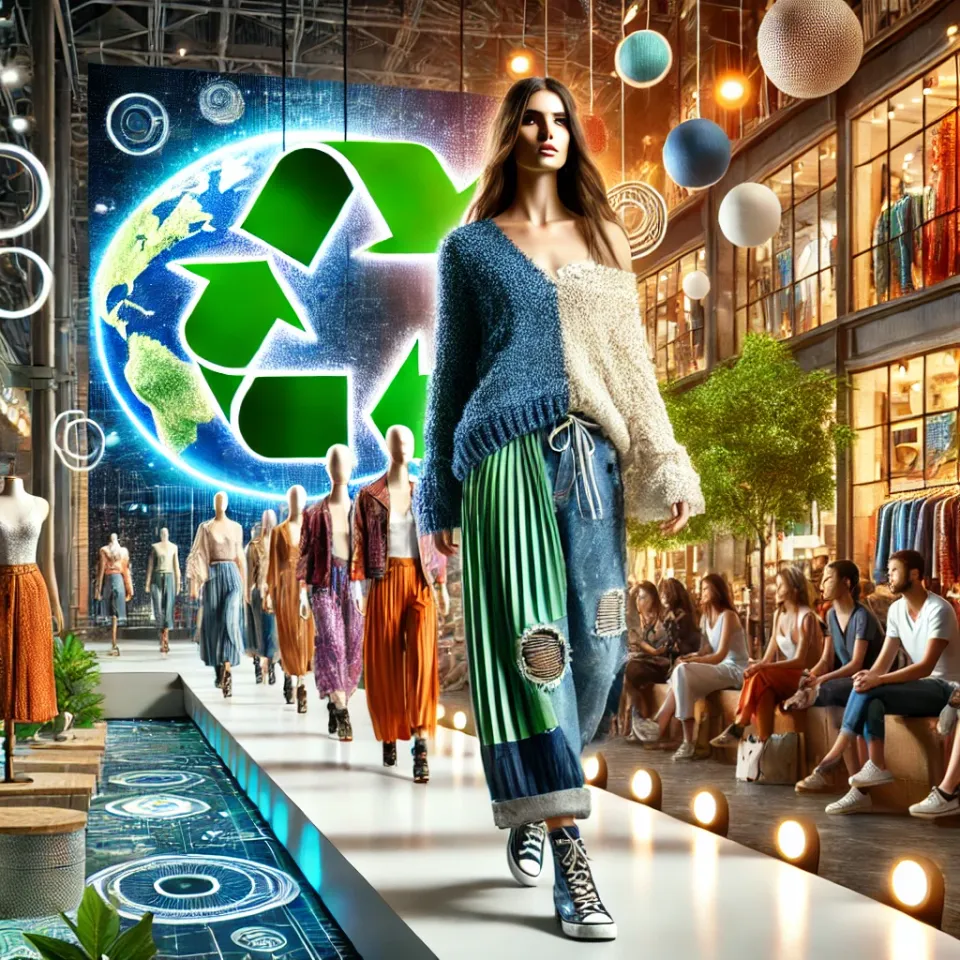Embracing Circular Fashion: Key Steps Towards a Sustainable Future in the Fashion Industry

In an era where sustainability is no longer just a buzzword but a critical imperative, the fashion industry finds itself at a crossroads. Kearney's latest 2024 Circular Fashion Index report provides a comprehensive insight into the industry's progress towards sustainability. While the report highlights commendable strides, it also underscores the ongoing struggle to fully embrace circularity.
What is Circular Fashion?
Circular fashion refers to a regenerative system in which clothing, shoes, or accessories are designed, produced, and circulated in society for as long as their maximum value is retained. The key principles include:
- Design for Longevity: Products are created with durability and timeless appeal, ensuring they remain in use for extended periods.
- Reuse and Recycling: End-of-life products are reintroduced into the production cycle through recycling or upcycling.
- Resource Efficiency: Minimising waste and utilising sustainable materials throughout the product lifecycle.
Circular Fashion vs. Sustainable Fashion
While both concepts aim to reduce environmental impact, they differ in their approaches:
- Sustainable Fashion: Focuses on minimizing the negative impact on the environment and society at every stage of the fashion supply chain. This includes ethical labor practices, reducing water and energy consumption, and using eco-friendly materials.
- Circular Fashion: Takes sustainability a step further by ensuring that products are part of a closed-loop system. This means that at the end of their lifecycle, items are reused, repaired, or recycled, thereby creating a zero-waste system.
Bridging the Gap: Actions to Embrace Circularity
- Innovative Design: Brands need to invest in designing products that are not only stylish but also durable and easy to recycle. This involves using materials that can be broken down and reintroduced into the production cycle without losing quality.
- Consumer Education: Educating consumers about the benefits of circular fashion can drive demand for such products. Awareness campaigns can highlight the environmental impact of traditional fashion and the advantages of circular alternatives.
- Collaboration and Partnerships: Stakeholders across the fashion industry, from manufacturers to retailers, need to collaborate. Partnerships with recycling firms, second-hand stores, and sustainable fashion startups can help create a more robust circular economy.
- Policy and Regulation: Governments play a crucial role in promoting circular fashion. New regulations, particularly in the EU and US, are pushing the industry towards greater accountability and transparency. The Asia Pacific region, with Australia at the forefront, can leverage this momentum by implementing supportive policies and showcasing successful case studies.
- Technology and Innovation: Leveraging technology, such as blockchain for transparency and traceability, can ensure that products are genuinely sustainable and circular. Innovations in material science can also lead to the development of new, more sustainable fabrics.
Circular Fashion in Asia Pacific: A Unique Opportunity
For the Asia Pacific region, embracing circular fashion is not just about adhering to international regulations but also about seizing an opportunity for leadership. Countries like Australia are well-positioned to set examples through pioneering initiatives and case studies that demonstrate the feasibility and benefits of circular fashion.
Conclusion
Kearney's 2024 Circular Fashion Index report is a clarion call for the fashion industry. While progress has been made, there is still a long way to go. Embracing circular fashion is crucial, not only to comply with emerging regulations but also to drive the industry towards a more sustainable and responsible future. By innovating, educating, collaborating, and leveraging technology, the fashion industry can close the gap and pave the way for a truly circular economy.